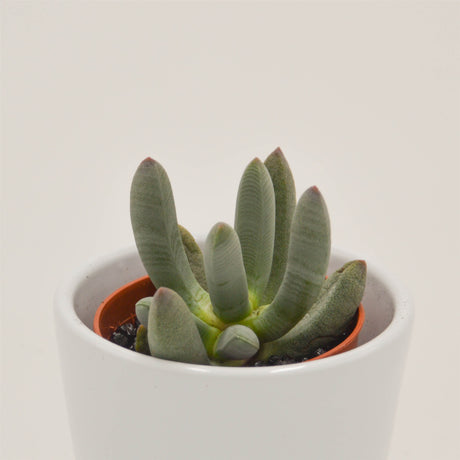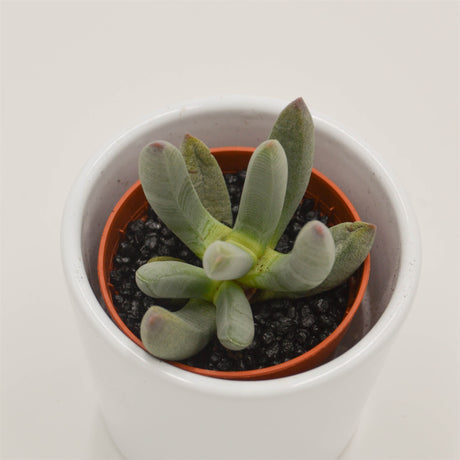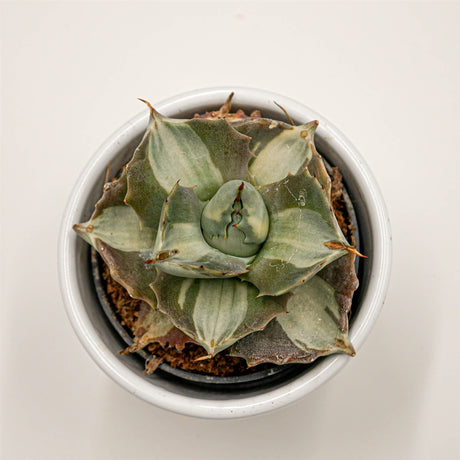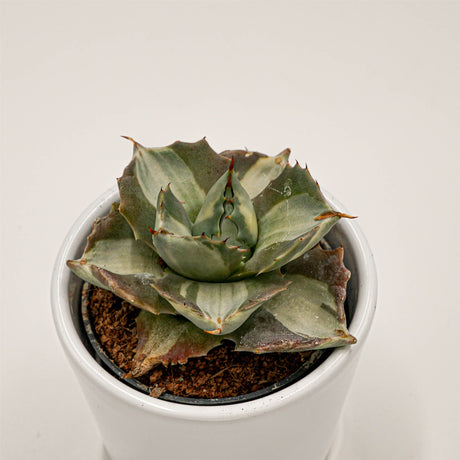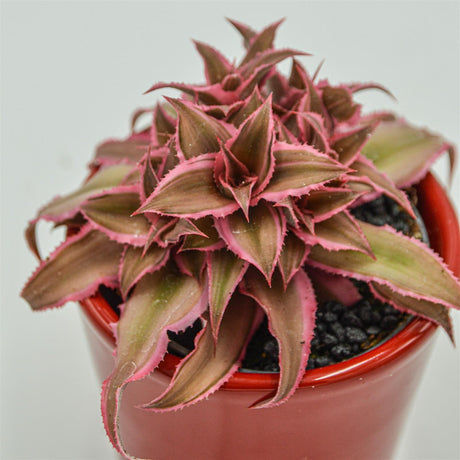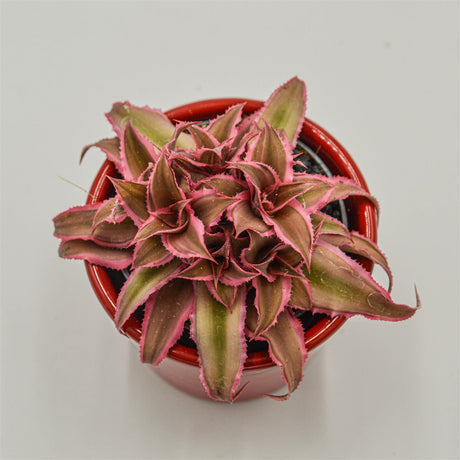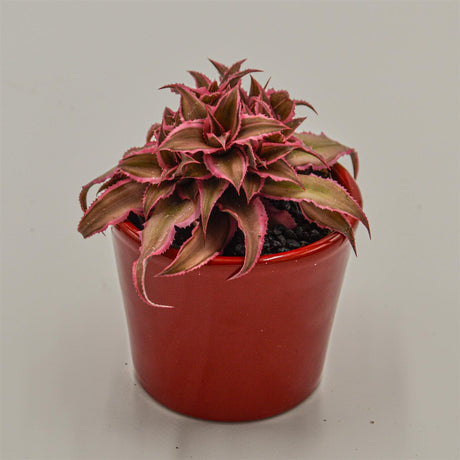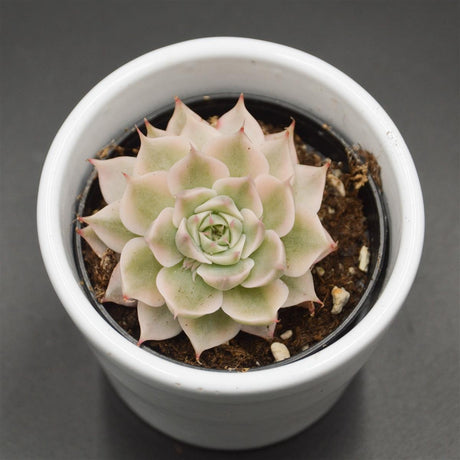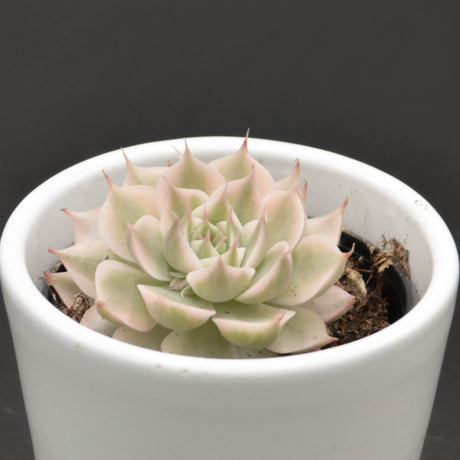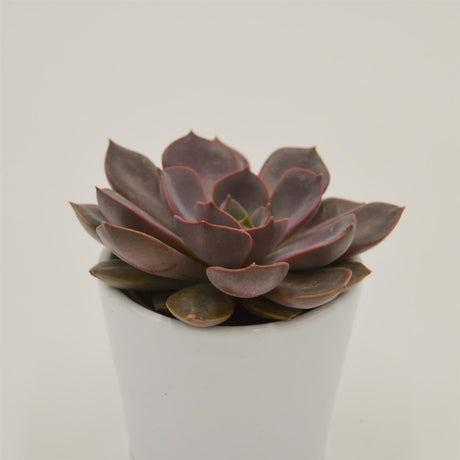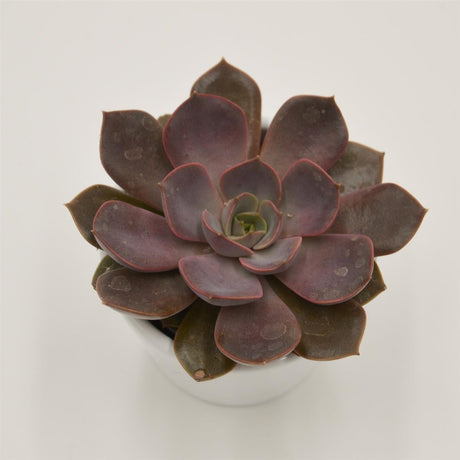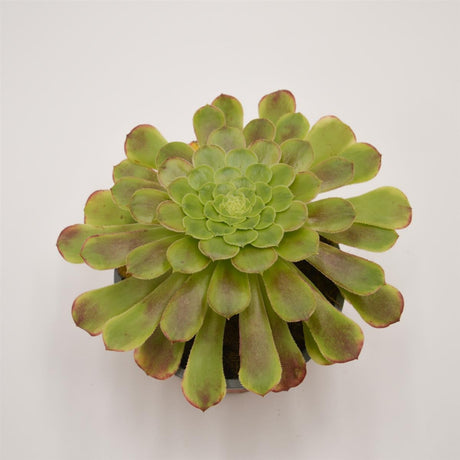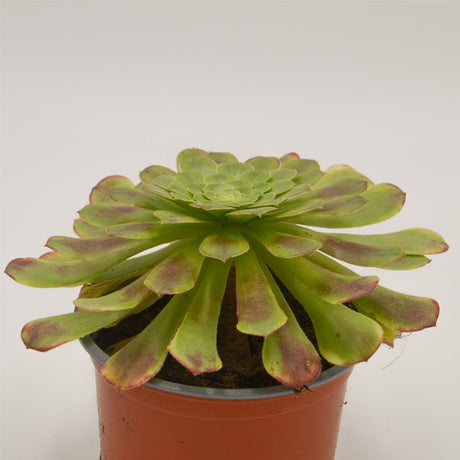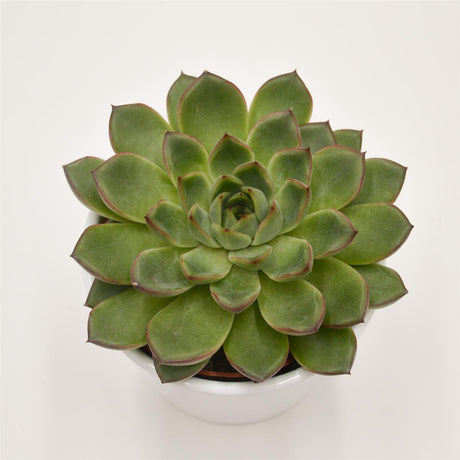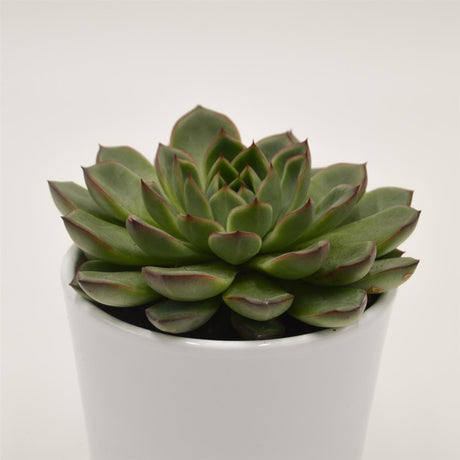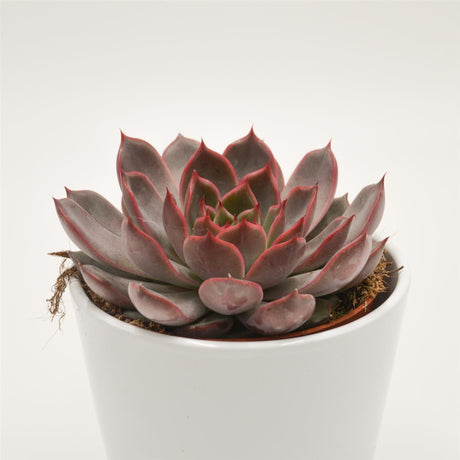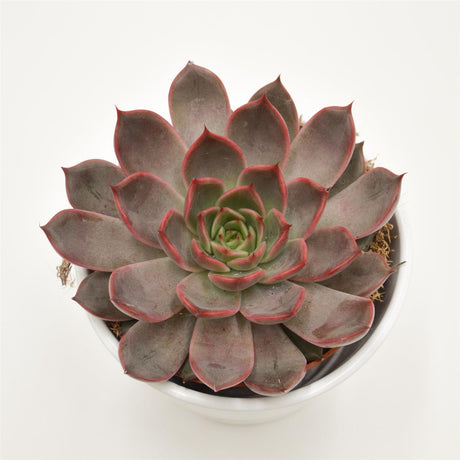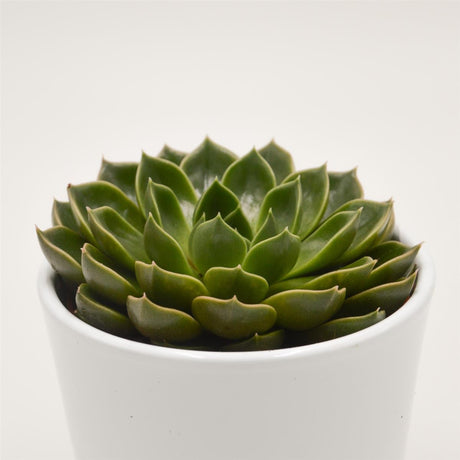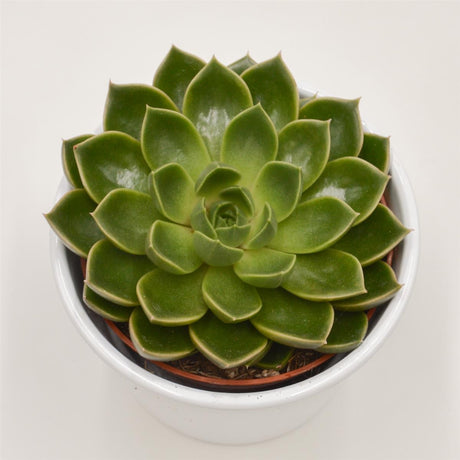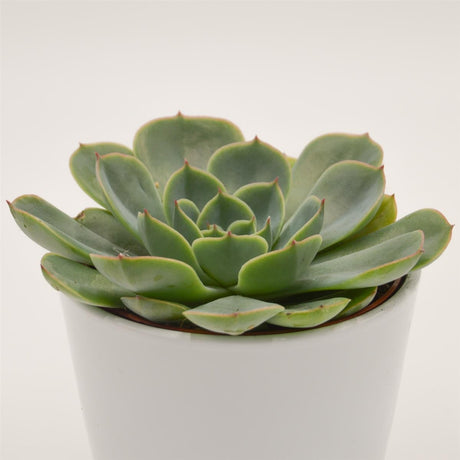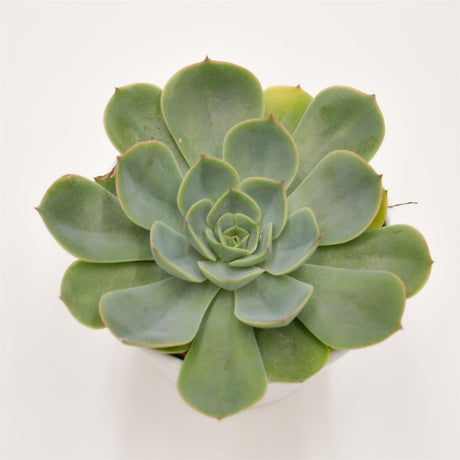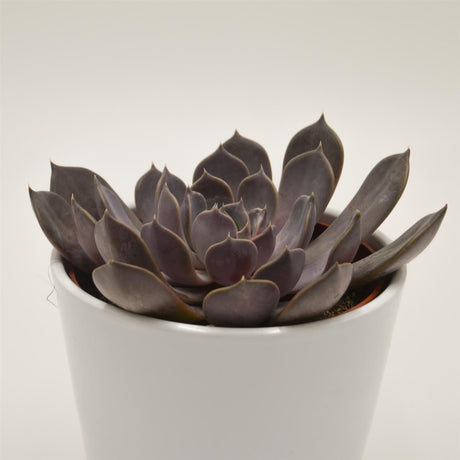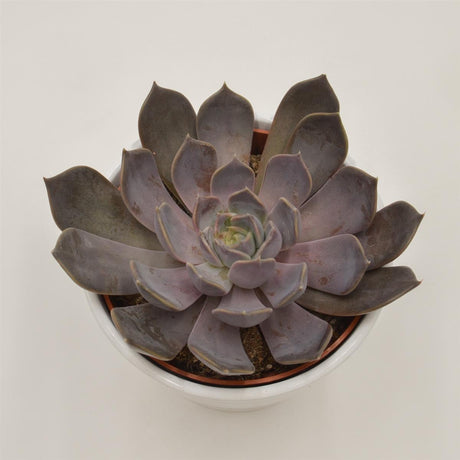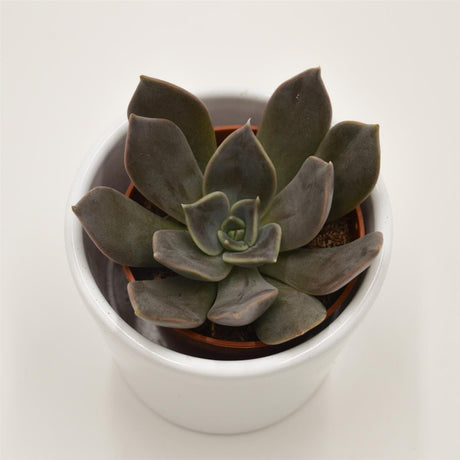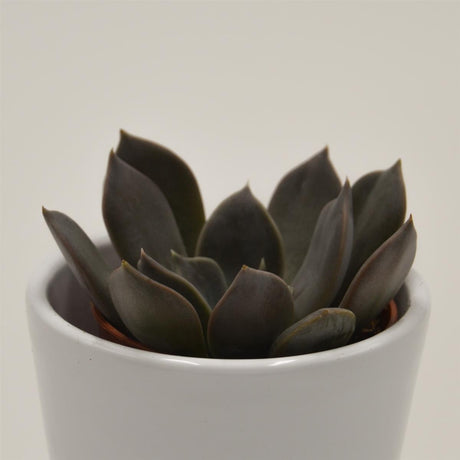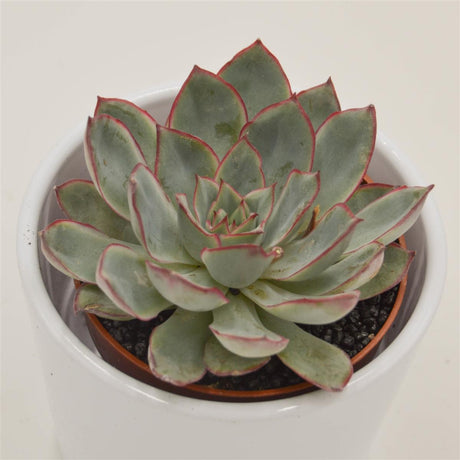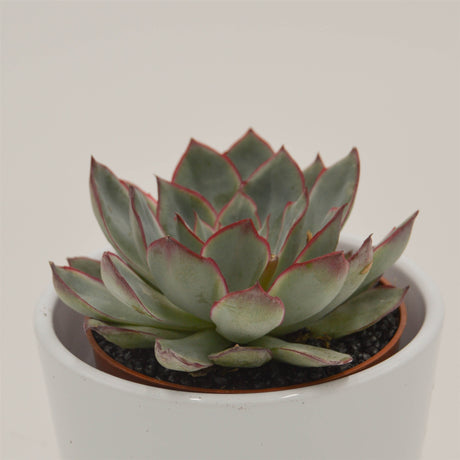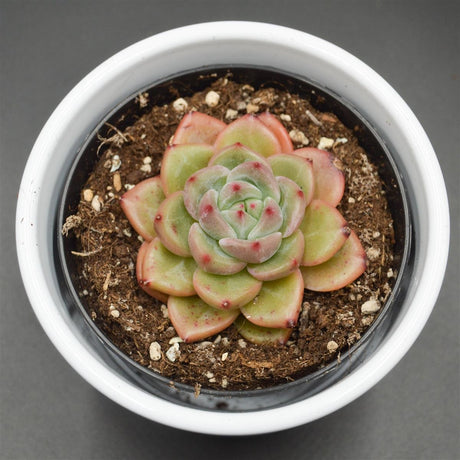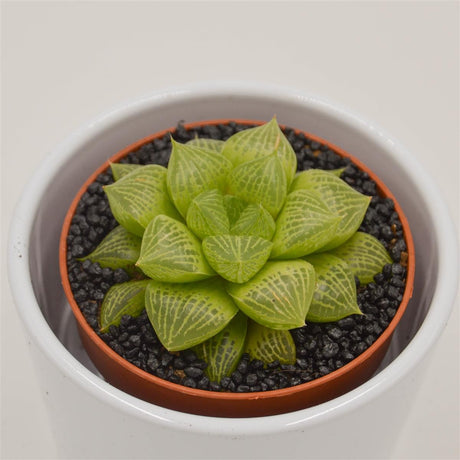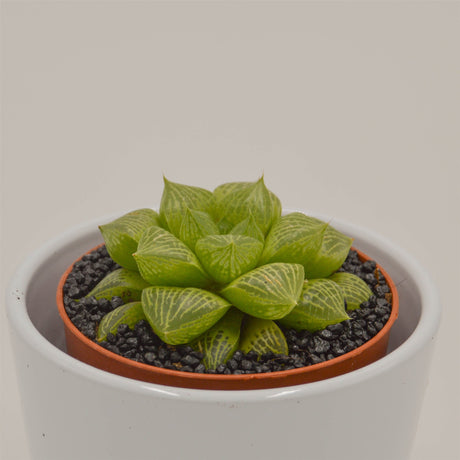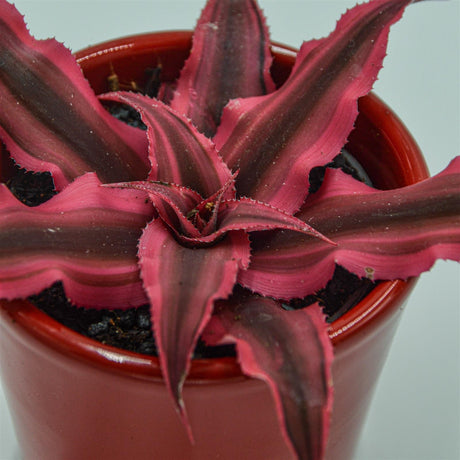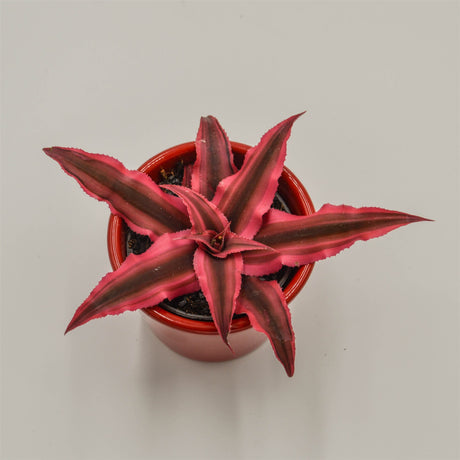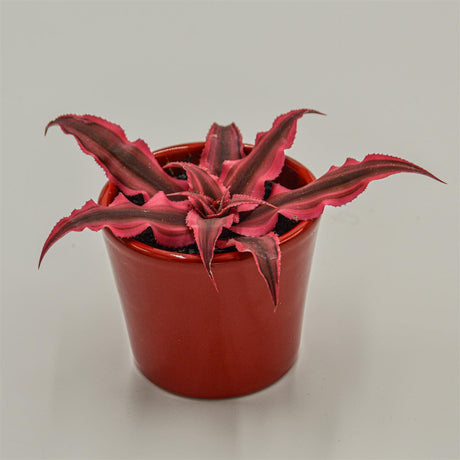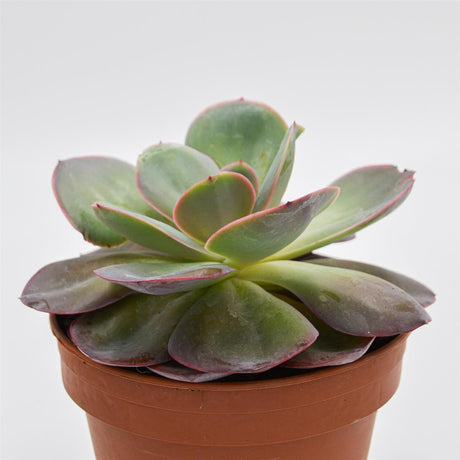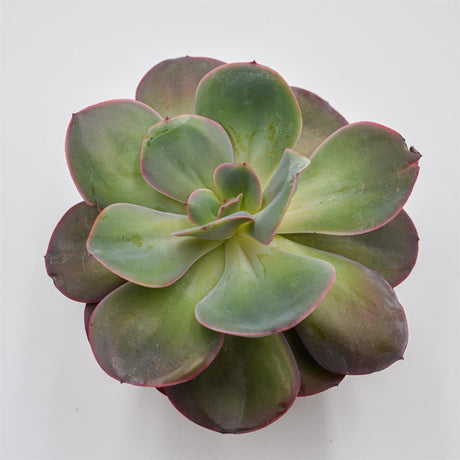New releases
It is important to us to be able to offer you variety within a season. That's why we constantly expand our range.
Stay up-to-date and discover our new products, all collected in this category. Amazing colors, bizarre shapes, and new plant trends and cultivars are waiting to be discovered by you.
Here you will always find the latest Pasiora projects, creative ideas or matters of the heart that we have hatched and implemented for you.
New Pasiora Accessories
New season, new accessories! Every season we love to surprise you with the most beautiful new plant pots, practical planting aids and other plant gadgets. Transform your house into a true home with our latest accessories. Everything you need to make your succulents look good and grow successfully!
New arrivals at Pasiora
Your succulent babies are part of your plant family – and you can never have enough family. We regularly expand our collection with even more plant gems and practical accessories. Could your living room, bedroom, or home office use a little more green? Dive into the plant jungle, choose your favorite succulent, and have it delivered conveniently to your home!
New houseplants
Houseplants add warmth and atmosphere to any room.
Discover a wide selection of indoor plants in our new range. Succulents for darker locations, hanging plants, special and trendy plants – and maybe even your new favorite? We have something for everyone. At Pasiora you'll find a large selection of plants to brighten up your room. Whether you have a green thumb or are looking for an easy-care plant: We'll gladly help you find the perfect succulent for you!
New Mini Succulents
Our seedlings – mini succulents for your windowsill or event. Your room is already full of plants, but you wish for even more greenery in your home? Then baby plants are ideal. Choose the cutest mini succulent and watch it grow into a large, strong houseplant! With the right care and lots of love, you will enjoy your succulent for a very long time.
New rare succulents
Here you can be the first to get your hands on the most unusual and exotic plant species and new hybrids from all over the world. These plants are something special and there is often only a small amount available. So be quick and get one of our new rarities!
What exactly are hybrids?
In biology, hybrids are individuals that result from sexual reproduction between different genera, species, subspecies, ecotypes, or populations. The word means "composed of different things of two different origins" and derives from the Latin term *hybrida*, which can be translated as "mongrel".
Hybrids are known from both plant breeding and animal breeding, with the term originally being more common in plant breeding.
Hybrid is not the same as hybrid.
In short, hybrids in plant breeding are created by first selecting two inbred lines of a species and then reinforcing certain characteristics over many generations through deliberate inbreeding and subsequent selection. It is therefore a special case of classical breeding. To distinguish them from artificially produced hybrids, crosses that have arisen without human influence are referred to by breeders as natural hybrids.
In plant hybrid breeding, the so-called "heterosis effect" is exploited, which leads to greater vitality and performance. Due to this effect, the offspring of two purebred parent lines can be more robust and productive through crossbreeding than their parents. The resulting line hybrids form the first filial generation, are called F1 hybrids, and are genetically uniform. The first generation of a planned crossbreeding of two purebred lines is therefore called a hybrid. The advantages of hybrids are explained by the fact that the two chromosome sets have a greater variety of genes. This avoids inbreeding problems that arise when breeding within the genus or species.
Reproduction – No, thank you!
Some hybrids are not fertile, which means they cannot reproduce. If a crossbreeding occurs between different species, these are more specifically referred to as interspecies hybrids. They are often not or only slightly fertile, although there are of course some exceptions. Only when a hybrid can stabilize itself in the course of generations, i.e., is also fertile, is it considered a new species. This is referred to as a hybrid species or allopolyploid species. However, it should be noted that offspring of hybrids lose significantly in fitness. Thus, the heterosis effect disappears again in the next generation.
Besides interspecific hybrids, there are also hybrids whose parents belong to the same species. Thus, only their genetic lines, varieties, or races differ. These plants are usually fertile hybrids. However, according to Mendel's laws, a splitting of traits occurs from the following generation (F2 generation).
Hybridization also plays an important role in natural evolutionary processes. It serves to establish genetic diversity within biological species. The emergence of new species through interspecies hybridization in plants has long been known.
The correct labeling / Putting the cross in the right place
To identify hybrids and their parent species, a small cross is used: × (not to be confused with the lowercase letter x). For species hybrids, as previously mentioned, this small cross is placed between the parent species names (e.g., *Echeveria ‚Lola'* × *Echeveria derenbergii*), and for genus hybrids, it is placed before the two genus names (e.g., × *Graptoveria*).
Our succulent hybrids
Hybrids are also common in crop breeding. A huge portion of succulents are also cultivated hybrids, and the number is constantly increasing. Vitality and performance naturally play a less significant role than in agriculture; the focus is more on beautiful or extravagant colors, shapes, and combinations. The market for this is enormous, especially in Japan, Korea and China. Therefore, in succulent hybrid breeding, there are also hybrids that are only cultivated from leaf cuttings, which means that the stability of the hybrid line is not necessarily guaranteed, as the stabilization process leading to a species has not been completed.
Well-known succulent hybrids
A well-known example of a succulent hybrid, which you can also get from us, is the Buddhas Temple (Crassula).KimnachiandCrassula Cultivars (deceptor kimnachii).The name comes from Myron Kimnach, who bred the plant in 1959. Buddhas Temple is a hybrid of the Crassula pyramidalis and the Crassula perfoliata v. falcata.
Own Pasiora Hybrid
In our specialized nursery for succulents, we also have some typical, but also some atypical representatives of hybrids of various succulent genera. In addition, we are also breeding our own, previously non-existent hybrids.

